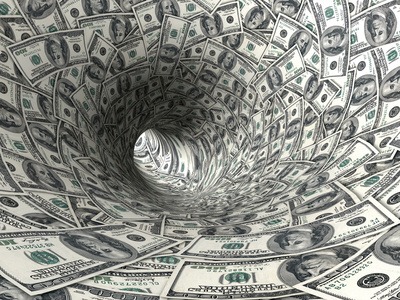Each and every currency pair has its own characteristics, typical behavior and sometimes misbehavior. The ones that have a better behavior will hesitate and slow down before a significant resistance or support line and back off. If there is enough momentum and conviction, they will make the break and will never look back. These are the more predictable currency pairs. Unfortunately, not all currency pairs enjoy this behavior, and they tend to be choppy and tricky.
Updates:
- Update: 5 Most Predictable Currency Pairs – Q3 2014
- Update: Here is the recent list for Q2 2014
- Here is the list for Q4 2013
Together with the moves of currencies, also their behavior changes: some improve and others lose their shine. Here is a ranked and updated list of the most predictable currency pairs for Q3 2013, each with its own style:
- EUR/USD: There is a lot going on in both sides of the Atlantic and this has often triggered choppy and frustrating trading. Euro/dollar was out of the list in Q2, and rightfully so. So why does it rise to the top spot? With stronger volatility and mixed signs on both sides of the pair, we can expect more predictable movement now. First signs are already seen: the pair’s ranges are now better defined. In addition, it is easier to draw uptrend support lines and downtrend resistance lines on the daily charts. After the improvement in range trading, the pair needs more directional trade to lead in predictability. This might happen this summer, with rising expectations of tapering and potentially more action from the ECB.
- AUD/USD: This currency pair topped the list more than once. In Q2, the breakdown below the long term triangle certainly triggered a huge move lower. In addition, the pair makes shooting star and hammer patterns. However, when moving a bit closer, the falls and subsequent corrections were more choppy than usual. So while the bigger picture is clearer, the details are a bit more cloudy. Perhaps the pair suffered too much volatility, but that is probably not going to change soon.
- EUR/GBP: This cross topped the list last time and remains high. Recently it has shown nice range trading and in Q3 we could see some breakouts. When the pair breaks out, it tends to mark the top/bottom of the range and then remain in the range for some time. This might not be the preferred pair for those that need movements of many pips, but for those looking for more stable, predictable moves, it might be the pair of choice
- GBP/JPY: The “dragon” or “geppy” has traditionally not been a very predictable pair, or at least it has been a pair that required wide stops. Well, the moves here remain wild, as the yen moves wildly across the board since Abe took office. But contrary to USD/JPY, the moves in GBP/JPY make more sense: the pound makes the moves of the yen smoother and this will likely continue. The cross traded in well defined ranges and breaks to the upside have seen a follow through. Breaks to the downside have been more problematic. Fresh volatility is expected with a new governor at the BOE and after the Japanese elections.
- NZD/USD: The kiwi is still a relatively good pair to trade, but it has lost some of its shine and predictability. One of the reasons is the interventions by the central bank. Nevertheless, NZD/USD is still worth mentioning. It respects breakouts quite well, even though stops need to be wider than beforehand.
Two major pairs were left out of the list: GBP/USD which makes interesting yet very wide moves, and USD/JPY, which makes even bigger whipsaws. The combination of the yen and the pound seems to work better.
For reference, here is the previous list for Q2 2013.
What do you think about this list? Do you agree or disagree? What are your favorite pairs?
Further reading: 50 Top Forex Twitter Accounts

